#abandoned village
Text
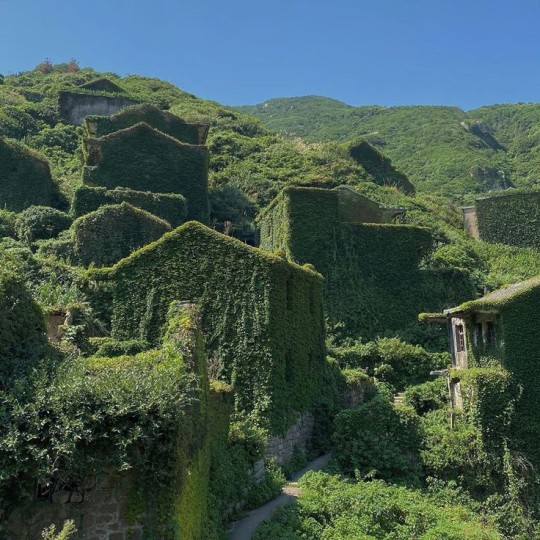
581 notes
·
View notes
Text
📍An abandoned village in Wolfberry Island, Shengsi County, Zhejiang Province, China 🇨🇳
#video#paradise#nature#paraiso#natureza#view#explore#china#trip#vacation#abandoned village#vila abandona#travel#island#ilha#forest#woods#trees#town#cidade#city#village swallowed up by nature#birds#houses
220 notes
·
View notes
Text
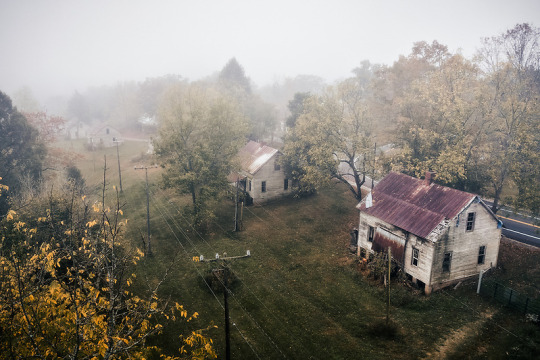

228 notes
·
View notes
Text

October Country: oak tree on the site of the abandoned medieval village of Shaw in Wiltshire.
134 notes
·
View notes
Text

𝔄𝔫 𝔞𝔟𝔞𝔫𝔡𝔬𝔫𝔢𝔡 𝔳𝔦𝔩𝔩𝔞𝔤𝔢 𝔦𝔫 𝔚𝔬𝔩𝔣𝔟𝔢𝔯𝔯𝔶 ℑ𝔰𝔩𝔞𝔫𝔡, 𝔖𝔥𝔢𝔫𝔤𝔰𝔦 ℭ𝔬𝔲𝔫𝔱𝔶, 𝔖𝔈 ℭ𝔥𝔦𝔫𝔞’𝔰 ℨ𝔥𝔢𝔧𝔦𝔞𝔫𝔤 𝔓𝔯𝔬𝔳𝔦𝔫𝔠𝔢.
𝔖𝔬𝔲𝔯𝔠𝔢: @𝔳𝔦𝔰𝔲𝔞𝔩𝔰_𝔠𝔥𝔦𝔫𝔞
#abandoned village#Shengsi County#china#abandoned places#abandoned#cool places#vegetation#gif#gifs#my edit#asia
82 notes
·
View notes
Photo
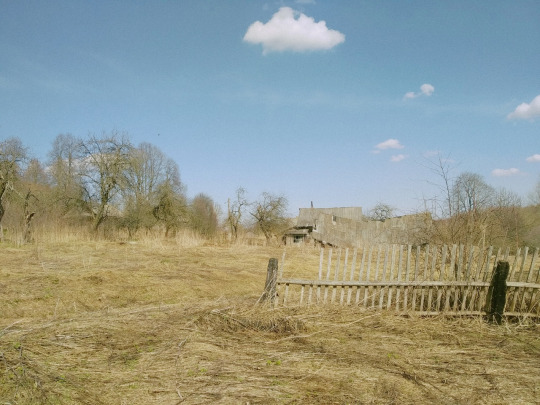


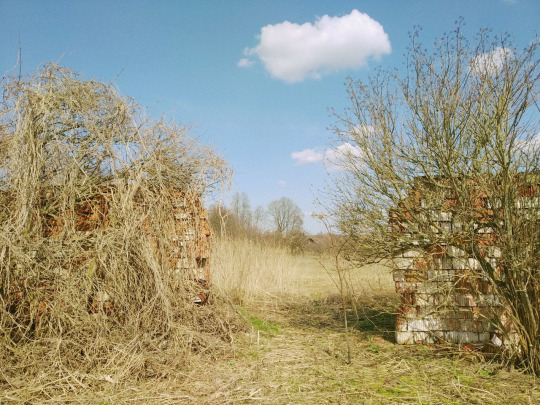




What remains unchanged for too long destroys itself // part 3.
#spring#april#wanderings#aesthetic#village#abandoned village#abandoned house#nature#river#cottagecore#photo#photography#country#countryside#hamlet#april aesthetic#april photo#april photography#spring aesthetic#spring photo#spring photography#naturecore#cottagecore aesthetic#spring cottagecore
93 notes
·
View notes
Text
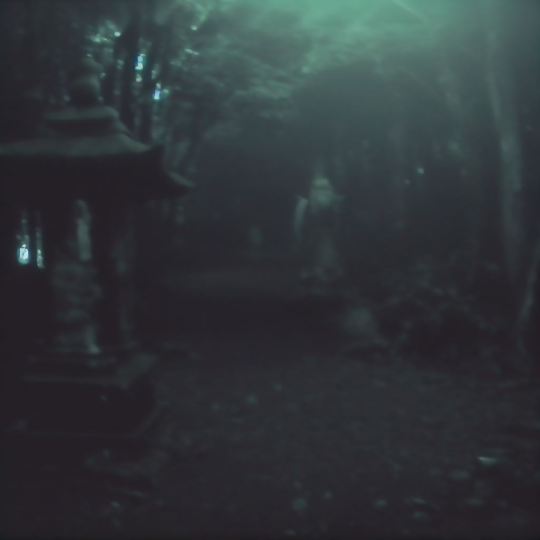
#found footage#horror#abandoned places#abandoned village#environments#vhscore#oddcore#dreamcore#liminalcore#lostcore
20 notes
·
View notes
Text
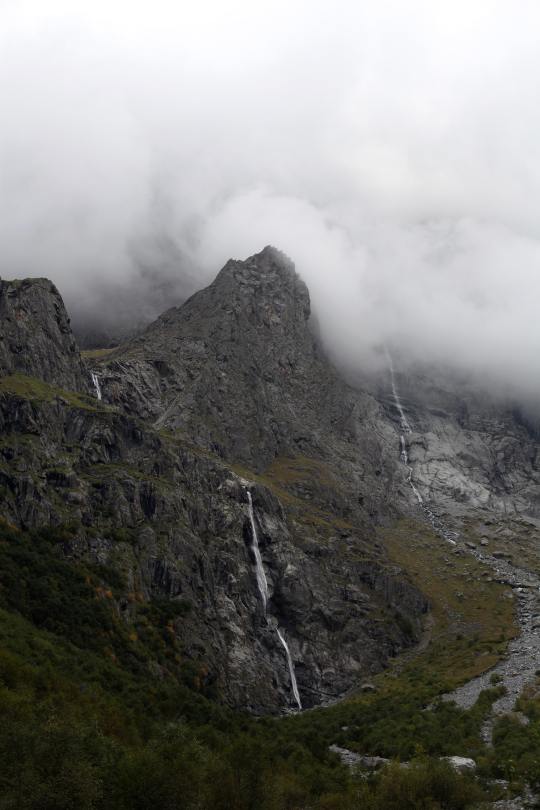

Diana Vorobeva-Attyakova
#photography#ruins#mountains#nature#landscape#rocks#waterfall#clouds#fog#mist#moss#buildings#stones#village#abandoned village#green#water
255 notes
·
View notes
Text
Für Elise played on abandoned piano in an abandoned house.
#für elise#beethoven#ludwig van beethoven#indigenous#abandoned house#abandoned village#abandoned#urbexplaces#urbexexploration#urbex#urban exploration#urbanart#urban explorers#musica urbana#musica#music#Piano#Abandoned piano
25 notes
·
View notes
Text


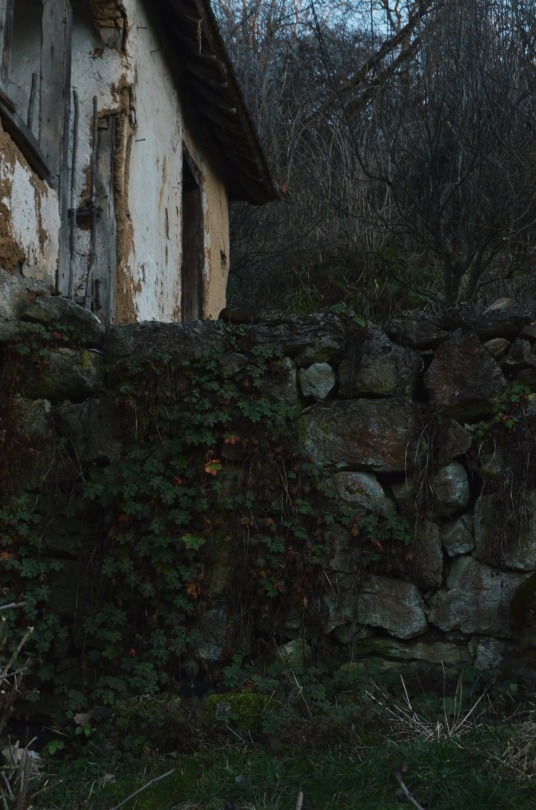


17.02.2024.
#abandoned house#abandoned village#countryside#abandoned photography#urban photography#urban exploration#grunge#grungy aesthetic#nature#photography#nikond5100#cottage
5 notes
·
View notes
Text




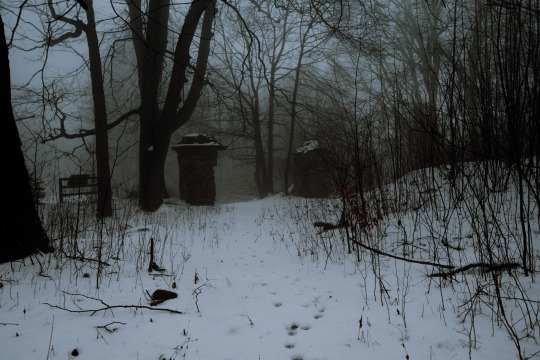
Poland
ph: kitajgorod
28 notes
·
View notes
Text






For close to 40 years, around 300 Brill trolleys drove the streets of Vancouver, powering the city’s transit system, before they were taken out of commission in the mid 1980s. Now the last trolleys sit 700 kilometers away in the ghost town of Sandon, BC.
Camera: Canon EOS 5D Mark IV.
Follow for more
#canon eos 5d mark iv#canon#black and white#black and white photography#photography#sandon ghost town#ghost town#abandoned places#abandoned village#abandoned#cars#trolleys#in the mountains#road trip#travel#digital#canada#british columbia#adventure life#adventure#go out and explore#explore the world#old cars#iso 100
23 notes
·
View notes
Text



(i took the photographs but not my graffiti)
#abandoned#abandoned buildings#graffiti#abandoned building photography#art#military base#abandoned village#photography#lyrics#graffiti is art#nature#overgrown#haunted#poetry#haunting#graffiti art#photograph#new england#history#massachusetts#historic preservation#abandoned photography
8 notes
·
View notes
Text

2 notes
·
View notes
Text
Erbareti, Italy

Erbareti is a ghost town at 956 m/3,136 ft in the middle of the forest in the Italian Alps.

(Incredibly tall stone wall with a house on top)

Before the second Word war there were around 1,000 people living in the town, there was even a school.
Due to the isolation and the difficult living conditions people moved out of Erbareti.
Now there is no stable population and in winter it's completely abandoned.
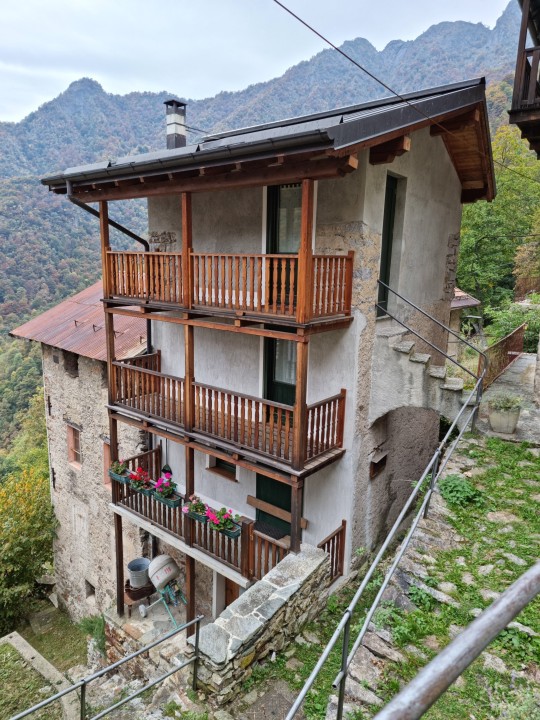
Some effort is being made to preserve and renovated some of the houses, while many others are being totally left to their fates by the owners.
An unpaved road was built, and it's about to be attached to the high-speed fiber optic internet network, I guess to attract more people to even work from there.
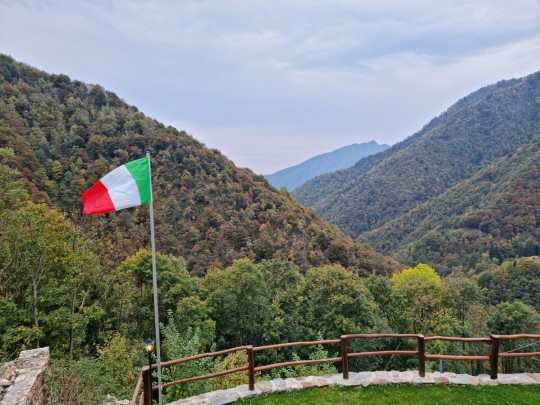
I personally would see a silence-seeking artist living there, thanks for its isolation the only sounds heard are birdsongs and wild animals' noises.

(San Gaudenzio church)
Now there are just few people who stay there, mainly in summer, few locals who inherited their families' houses, and few foreigners who bought and renovated them. All of them are part of the association "Corsorzio di Erbareti", they promote the annual celebration of the Saint patron San Gaudenzio and the maintenance of Erbareti.
#italy#alps#piedmont#italia#piemonte#mountains#beauty#autumn#ghost town#abandoned#abandoned village#erbareti#val mastallone#val sabbiola#fall#history
5 notes
·
View notes
Text
Църквата на с. Калиманица / The church of Kalimanitsa village

If you want to go off the beaten path, and maybe remember the impermanence of everything, go south of the Ogosta reservoir and there you’ll find the last remaining echo of Kalimanitsa.
The unfinished church, now in ruins and overtaken by nature, is all that remains. Kalimanitsa was never a large village. At it’s recorded peak in 1984, it numbered roughly 470 people. The village traces its origin to Roman times - remains of a villa and several workshops were uncovered, as well as a graveyard. The following inhabitants were likely nomadic or at least uninterested in more permanent architecture, and there’s scarce evidence of their livelihood. At a point, the village was inhabited by Turks, as evidenced by two Turkish graveyards - one combined with the old Roman one.
Following the wars and ethnic tension in the 1870s - 1900s, the Turkish villages sold or abandoned their property, and the village changed ownership once again. A Bulgarian graveyard came about, and joined the centuries of dead villagers.
Huddled between abandoned Roman mines, and four graveyards - Roman, Turkish, and Bulgarian - the village existed until 1986. The inhabitants were removed, along with the villagers from Zhivovtsi, to make way for what would become the Ogosta reservoir.
The reservoir was built but the territory of Kalimanitsa was never reached.
#p: mine#калиманица#северозападна българия#българия#северозапад#монтана#област монтана#ииии дейба соца лол. поредното село; което за унищожили за язовир и така и не е имало нужда#also I was very fascinated by the church. I'm almost 100% sure it's actually Catholic but I didn't find much information about it#the structure of the church itself is just... very unusual for an Orthodox church. I'd be willing to accept it's just modern#but it just gives me real strong Catholic vibes based off the architecture alone#and yes; I did go there; off road adventures are the best lol#abandoned#abadoned church#abandoned village
9 notes
·
View notes